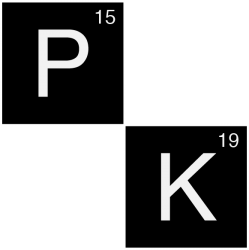“Irreversible transfer processes, which transfer a drug from its site of administration to the systemic circulation’
(Definition)
Description
By definition, a drug administered intravenously undergoes immediate and complete absorption. By contrast, drugs administered extravascularly need to be carried through various barriers in order to be able to reach the blood circulation and then their site of action.
The movement of drug through membranes is an essential step in absorption and is influenced by the physicochemical properties of the drug molecule, the nature of the membrane, the perfusion of the absorption site and the local pH.
The most widely employed extravascular route of administration is the oral route. In this case, the drug first reaches the stomach where it usually disintegrates and dissolves in the gastric lumen. It is then evacuated in the small intestine. Because of its permeability, large surface area and high blood flow, the small intestine is the primary site for absorption. Therefore, gastric emptying is an important factor influencing the rate of drug absorption. Foods, especially fat, can slow gastric emptying. Absorption can be limited by the short transit period of the drug through the small intestine (2-4 hours). Colon is usually a poor site of absorption due to its low permeability and relatively low surface area. Nevertheless, some drugs are absorbed at this site because of the long period of transit (24-48 hours).
In the gastrointestinal tract the drug can be degraded by gastric acidity, intestinal membrane enzymes, complexion with food constituents or bacterial enzymes. After absorption through the intestinal epithelium, drugs can be secreted back into the intestinal lumen through active transporters such as the P-glycoprotein (PGp). Some drugs are further metabolized as a consequence of hepatic first-pass effect, which also limits their absorption (even when intestinal uptake is efficient). The sublingual route and to some extent the rectal route can be used to by pass this first-pass effect. This influences the bioavailability of the drug.
Drugs administered intramuscularly or subcutaneously are completely absorbed unless destruction occurs at the site of administration or during lymphatic first-pass (e.g. for macromolecules such as vaccines). Absorption from these sites is highly dependant on the blood flow at the site of injection.
Clinical implications
Delays or loss of drug during absorption can introduce a large variability in drug response. Disease conditions and co-medications may profoundly affect the absorption of certain drugs.
The
route of administration of a drug must be chosen in function of the
absorption profile expected, it’s convenience and cost. While the most
convenient is the oral route, for some drugs, it allows little
absorption. Oral absorption can however be enhanced by galenic formulation for certain drugs.
Related terms
Prodrug : In order to circumvent incomplete absorption, a more absorbable derivative of the drug can be administered. This derivate compound will be converted to the active molecule within the body.

